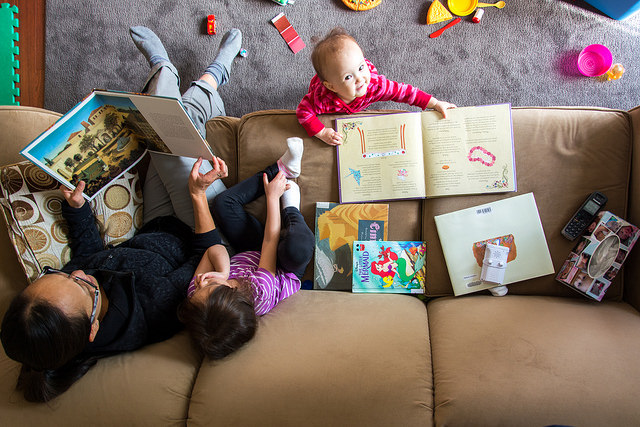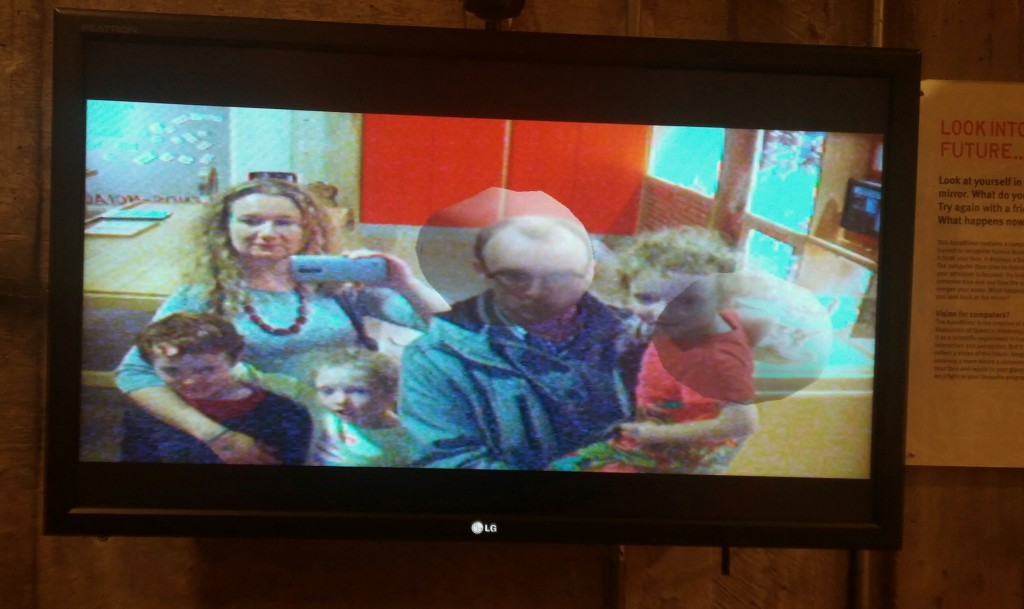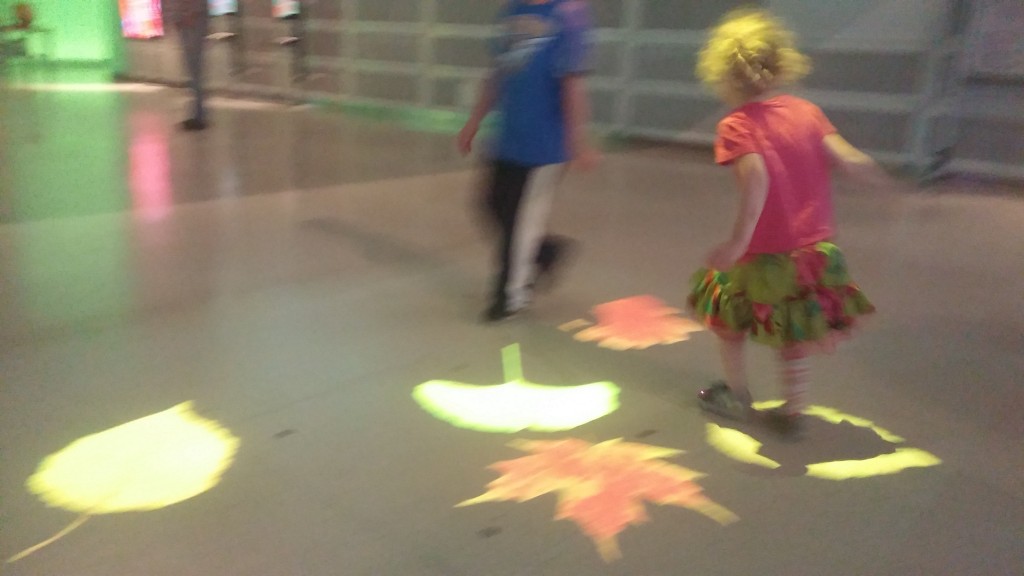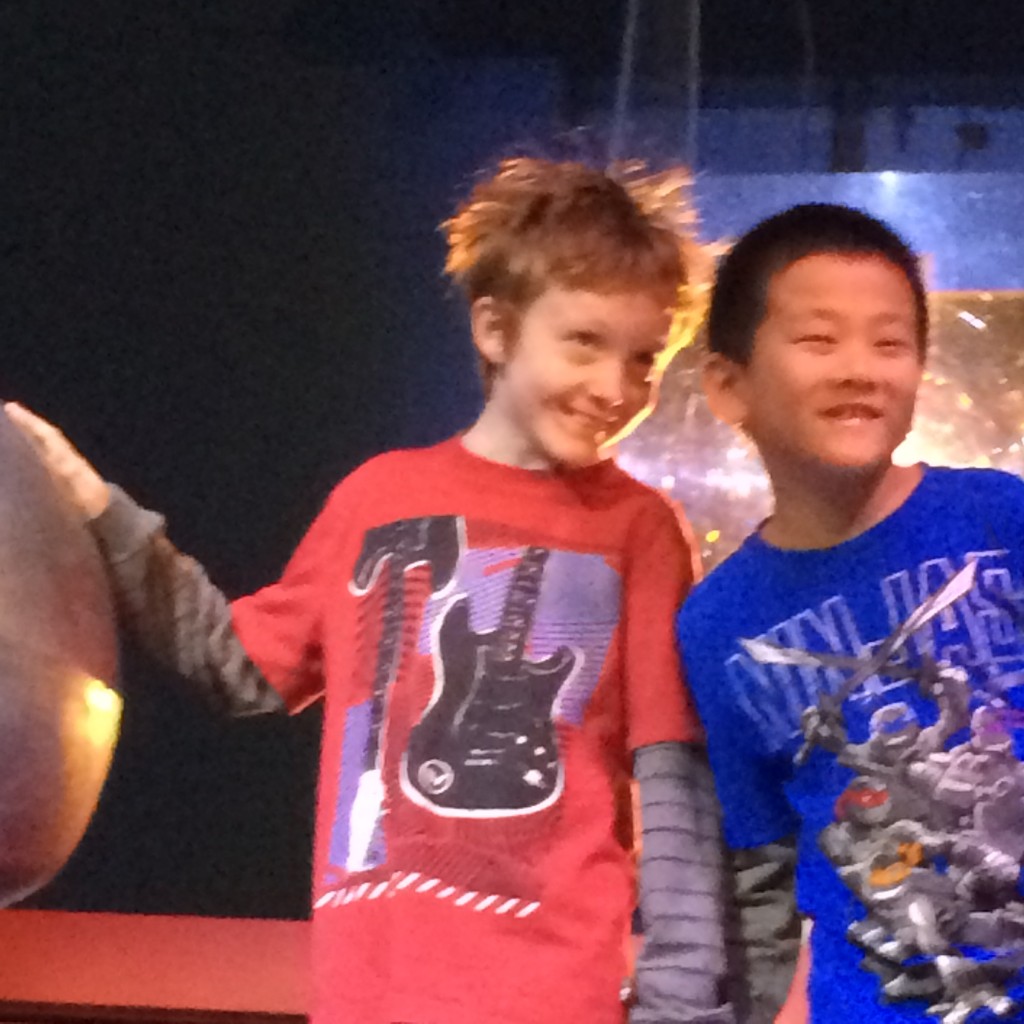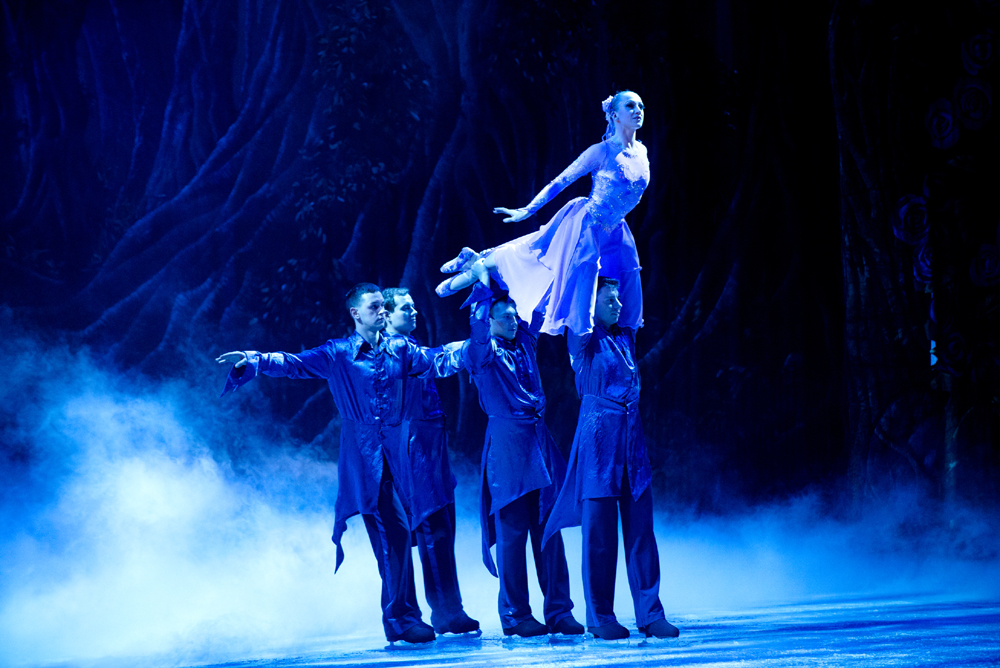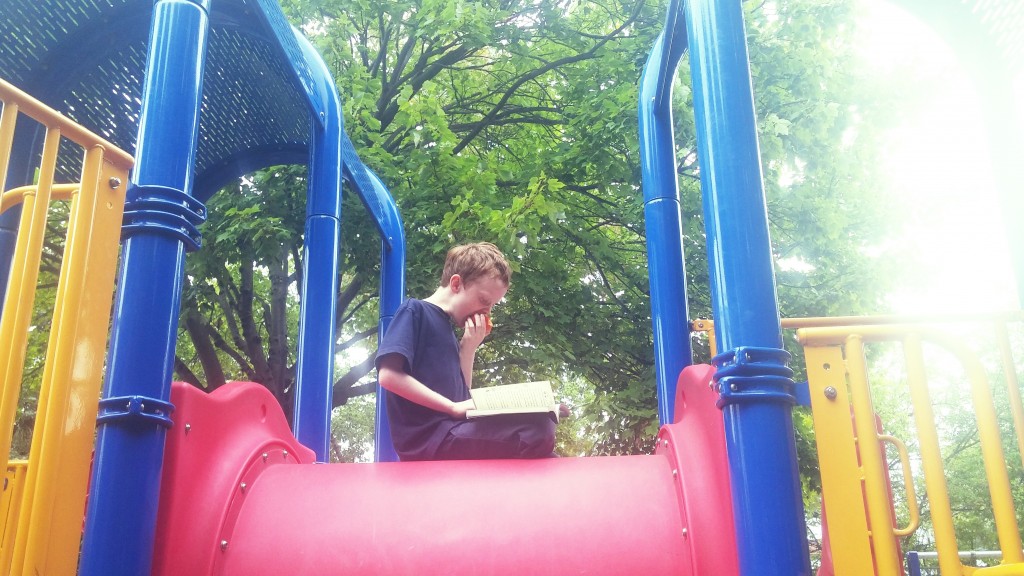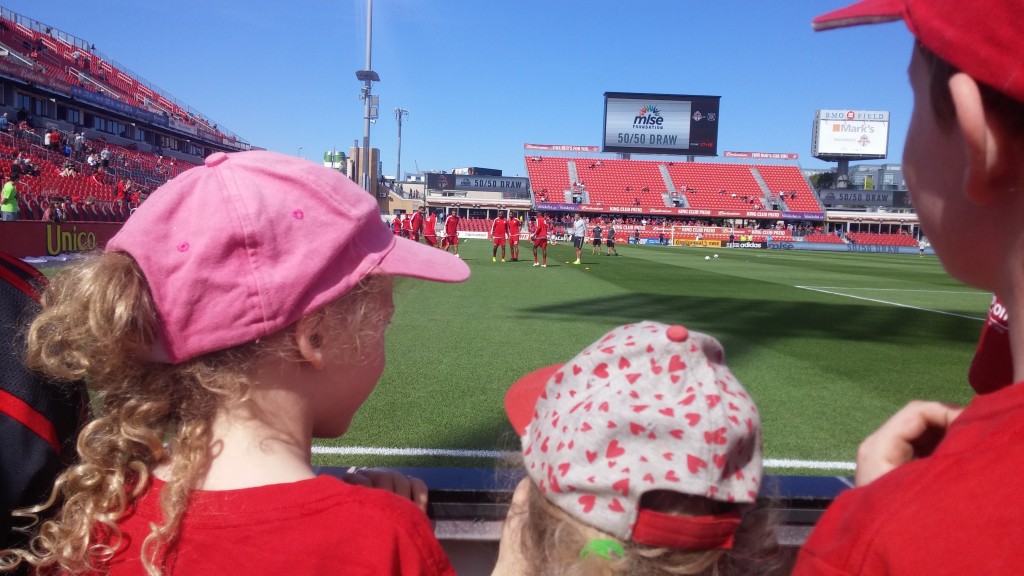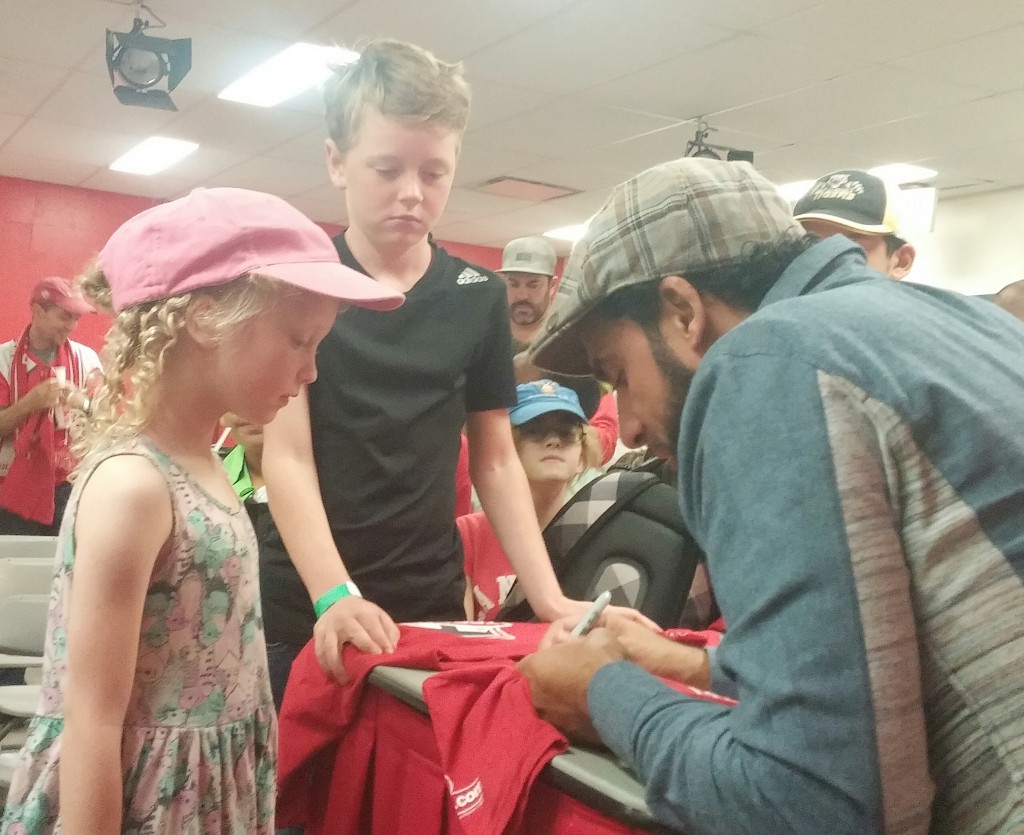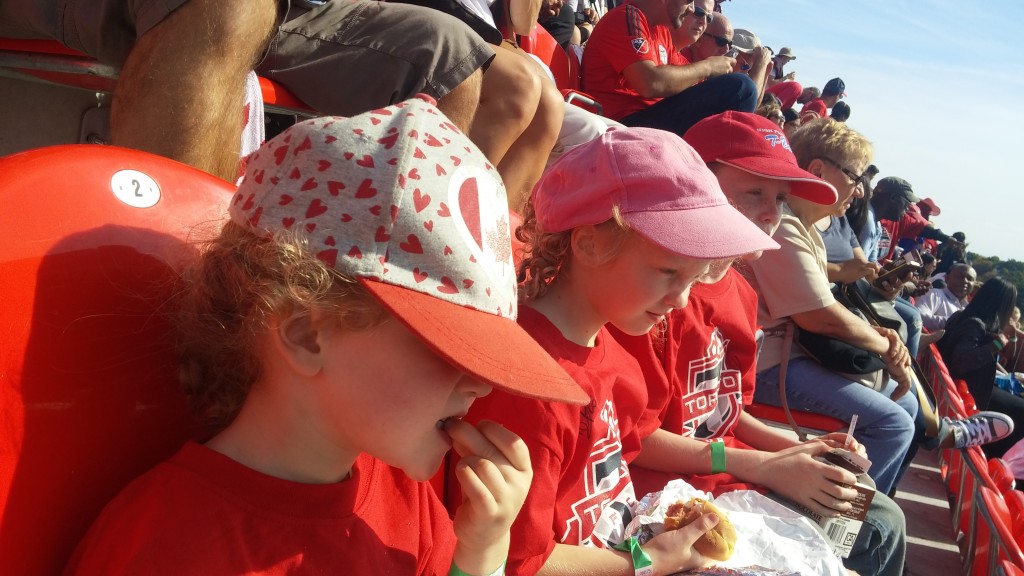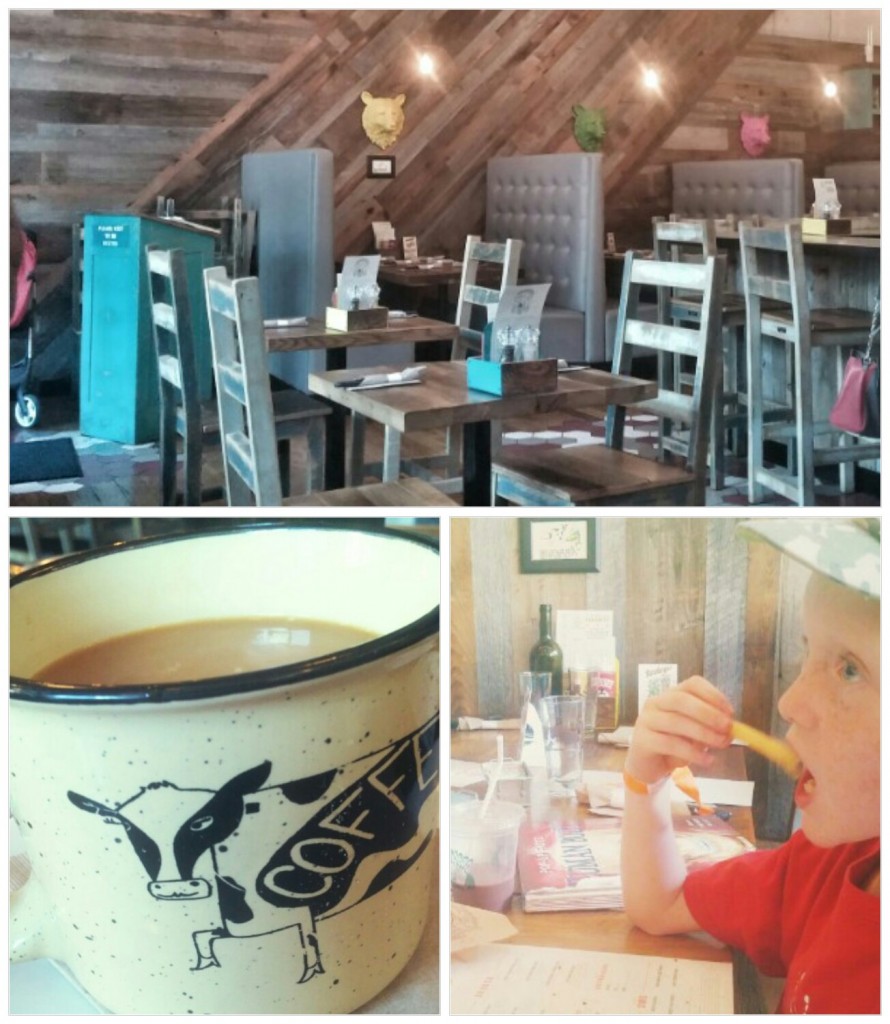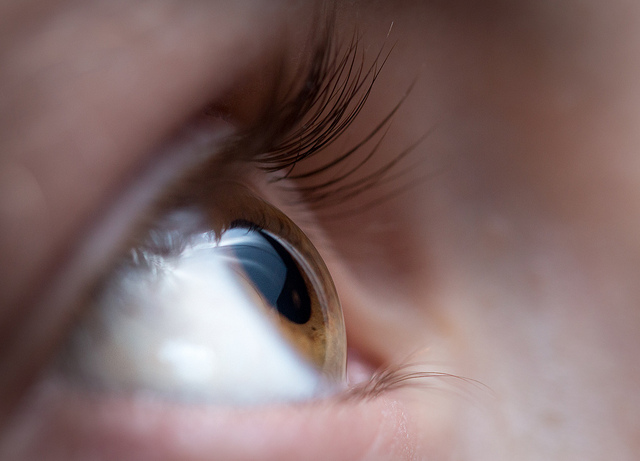I’m happy to be writing this post as part of sponsored series by the wonderful educational game, Ooka Island.
I’m the last person who would put any faith in a glorified video game to teach my kids to read. I allow them to play games in moderation, and if those games purport to teach the alphabet instead of, say, blowing up villagers, then all the better. But I would never actually expect my children to learn anything of substance, let alone something as fundamental as reading, from an app or a game.
Not until now.
As I wrote a couple weeks ago, I am thrilled to have been given the opportunity to use Ooka Island (as a compliment to reading actual paper books, of course) to help my two girls develop strong reading skills. It’s the real deal: a Canadian company based in P.E.I that is built on 25 years of research, experience and passion of it’s founder Dr. Kay MacPhee.
I will update the progress my girls have made (and there has already been lots) in another few weeks, but right now I want to share Ooka Island’s remarkable background story.
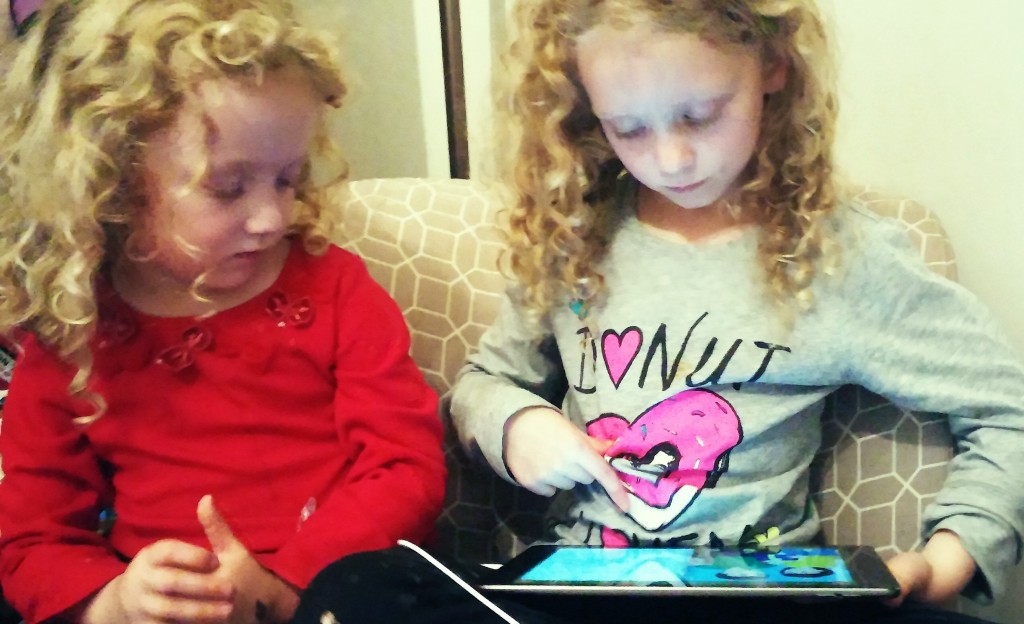
Kay MacPhee was a mom and school teacher in the 1960s when she set out on a mission to help her son who was profoundly deaf. She found the help she needed to teach her son to both speak and read fluently and began her life’s work helping others with hearing impairments to learn to read.
Amazingly, the techniques she used to help children with hearing problems also helped other kids and adults. Kay continued to work within the school system, researching and developing her own method for teaching literacy.
This led to the launch of SpellRead in 1994, a program designed to help older children and adults who struggle with reading. SpellRead was widely acclaimed, and ranked first by the largest clinical reading trial in the US, Power4Kids.
Up to this point, Kay had been focused on helping people who were having difficulty learning to read. But wouldn’t it be great to design a program that got young children off on the right foot from the start so they could become confident readers right from the beginning?
Enter Ooka Island. Together with children’s author Jim Barber, Kay designed a delightfully engaging online world that uses the same proven strategies she used in SpellRead to teach children between the ages of four to seven how to read.
***
I asked Kay how all these pieces fit together.
You began studying how to teach children to read by teaching kids with hearing problems. How did that help you identify the problems that even hearing children who struggle with reading have?
Amazing, only my son has asked me that question.
To teach the hearing impaired to speak, you have to teach the sounds of the language in-depth. You would use visual, tactile and auditory elements so they would learn the sound and its print (eg. /oo/ and ‘oo’) at the same time.
You would be teaching language through experience along with the print. Hearing Impaired children usually didn’t have problems in learning to read – their biggest difficulty was learning language, reading just happened as it was the easiest route to learning and they had the in-depth knowledge of sounds and their printed equivalent.
My son started in the regular classroom when he was in grade 4 and he was amazed at the children who couldn’t read well. He couldn’t believe how one boy in particular had a reading problem as he was the best speaker in the class, but when it came to reading, he read word by word, and had no fluency.
How does your research and success with the SpellRead program (which I believe is designed for older children and adults who struggle with reading) inform the Ooka Island lessons?
Whether it is intervention or learning to read for the first time, all children have to have the same process – you just approach it a little differently. To be a good reader (in English), you must know and be able to manipulate the 44 sounds of the language automatically. To read fluently, stories must contain text that is natural to the child’s experience. Both SpellRead and Ooka had to address these concepts and their activities are age appropriate for each group
What separates Ooka Island from other educational programs and games that claim to help early readers?
In Ooka Island, the 44 sounds of the English language are taught explicitly so that a child can learn not only to identify each sound but be able to do so automatically (within milliseconds), and use these sounds automatically in reading tasks such as blending, reading, and spelling.
At the same time, reading must be introduced early on in the learn-to-read process too. There are 85 books built into Ooka Island and they purposefully use a child’s natural language. They are written in a conversational style so that children realize that the print is the same as the oral language they would use in a similar situation. The text becomes ‘alive’ which helps make the transition from oral language to print so that they are able to read fluently.
Do you have a personal story or anecdote that speaks to your motivation for helping children become confident readers?
It was never a plan, I was a teacher of the hearing-impaired and was fortunate to meet and be taught by the experts in that field.
Then a doctor, an ENT specialist, started to send kids to me that were not hearing impaired, but had reading problems. His thinking was if I could teach hearing impaired to speak and read then I could teach these children to read. I was puzzled as I couldn’t understand how these children who had such high language had difficulty reading. But even though I had no answers people kept coming, young children, adults, etc.
I even said to my colleague, I have no idea why these people are coming to me for help. Her answer (and I think it is the answer to your question) was, “You are their last hope.” I do believe it was from that moment on I started looking for the answer and as I tried to help some of these children/adults, I began to learn what the underlying problems were and began looking in the right direction for the answers.
What happens if a child comes to Ooka Island later and they are still struggling with reading after they finish grade 2? Do kids age out of Ooka?
The 24-level game and 85 eBooks were designed for children JK – Grade 2, so they may not be as compelling for older children as they are for younger ages, even though we’ve seen some exceptions. But whether a child is five-years-old or 15 (or even an adult), they have to learn the same sounds and the same activities such as listening for specific phonemes, blending, and so on.
Do they lose interest?
In many learning situations, whether child or adult, we sometimes don’t want to continue pushing ourselves – this is either when we remind ourselves of the end goal or a parent/teacher encourages us to keep moving towards the end goal.
Or if they still aren’t reading well by the end of grade two, say, does that indicate that they need further intervention?
If children are still struggling by the end of grade 2, it could be more reading is needed (share-reading in which a parent or caregiver takes turns reading pages) at their reading level. It also could be that they have not learned to manipulate the sounds automatically and more training would be required in that area.
***
Dr. Kay MacPhee’s passion for helping people of all ages develop a love of reading is clear, and it’s that passion coupled with decades of research and experience that has sold me on making Ooka Island part of our early reading experience.
This is the second post in a three-part series sponsored by Ooka Island. I shared my belief that strong reading skills are the most important thing for a child to develop in the first post. Follow along to see what a difference Ooka Island makes for my little readers.
